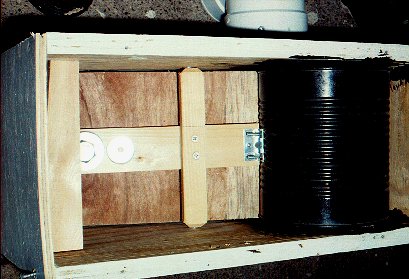If so treat this nest like a nest in an attic or similar cavity.
Starling trapped in attic.
May is the peak month for.
Starlings are the stuff of poetry for some whether in passages from shakespeare s writings or in the visual poetry of synchronized flocks of starlings in flight.
But when there are starlings in your attic whether nesting or roosting they are bound to seem more like a nuisance than a natural phenomenon.
Starlings are opportunists and when they find a weak spot they exploit it.
European starlings an invasive species not native to the us were first introduced to new york in 1890 as part of a misguided attempt to introduce every bird that william shakespeare ever wrote about into the us.
European starlings were introduced to.
Although they are noisy they seldom cause any damage and their nesting period is fairly short.
Take for example the end of this ridge vent pictured to the right.
I would certainly change places with you.
Because the starlings have fewer natural predators here they spread unchecked damaging environments and bullying native birds.
Loose gable vents and vents without screening are the biggest cause of starlings in the attic.
Therefore any weakness that leads to the attic could lead to starlings getting in.
A vent with a metal flap may not deter them.
At least your starlings should be gone at the end of the nesting season.
They can hover or perch while raising the flap to get into vents.
Starlings can get into attics build nests and spread disease.
Starlings will use any hole they can get into if it leads to a suitably sized cavity.
Only when you are certain that a nest is no longer in use can it be removed as active nests for all birds are fully protected by law.
Nests in attics and similar.
Dryer stove and bathroom vents are ideal.
Their unsanitary roosts encourage the growth of mold and airborne spores can travel through the house and lead to illness.

